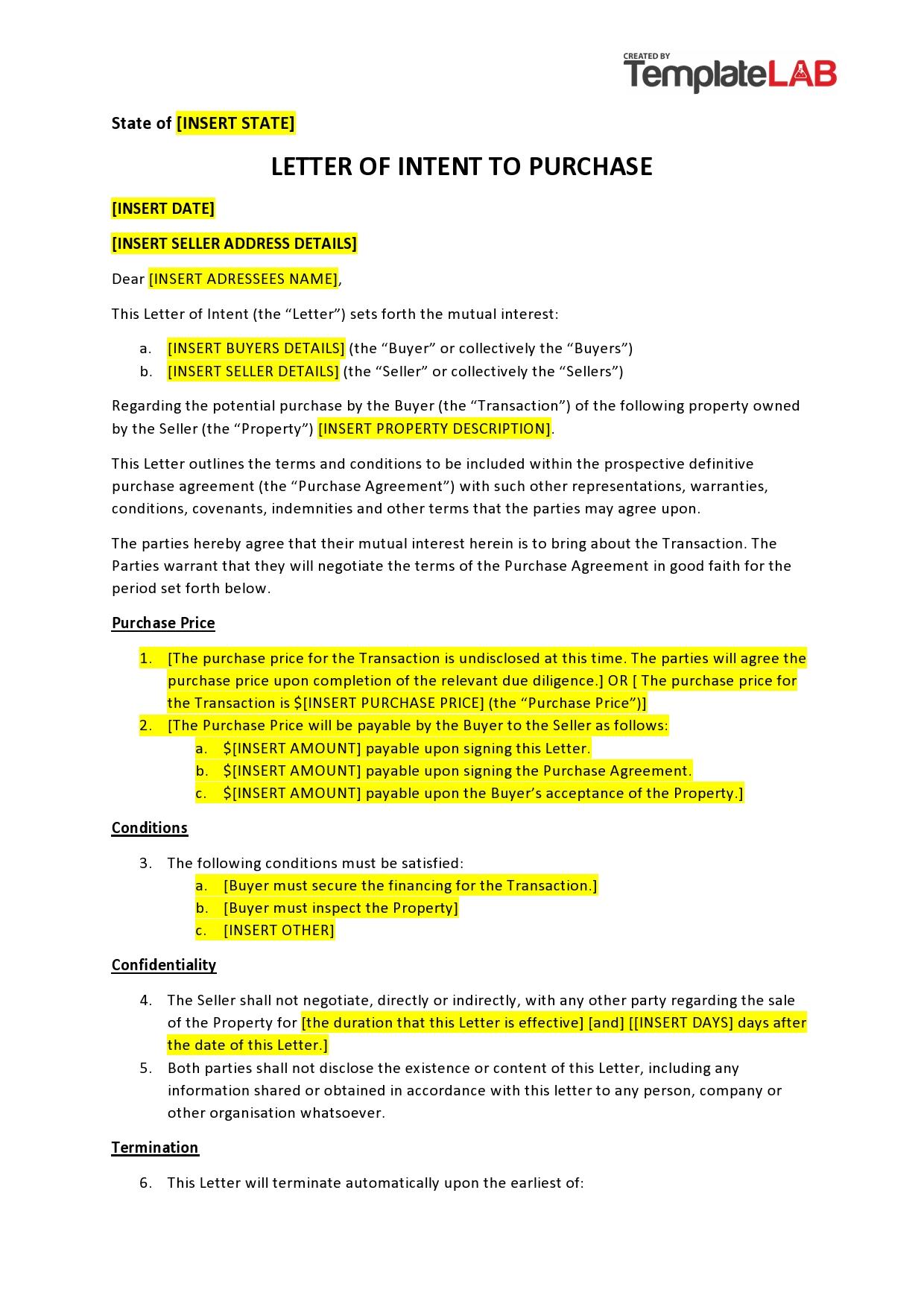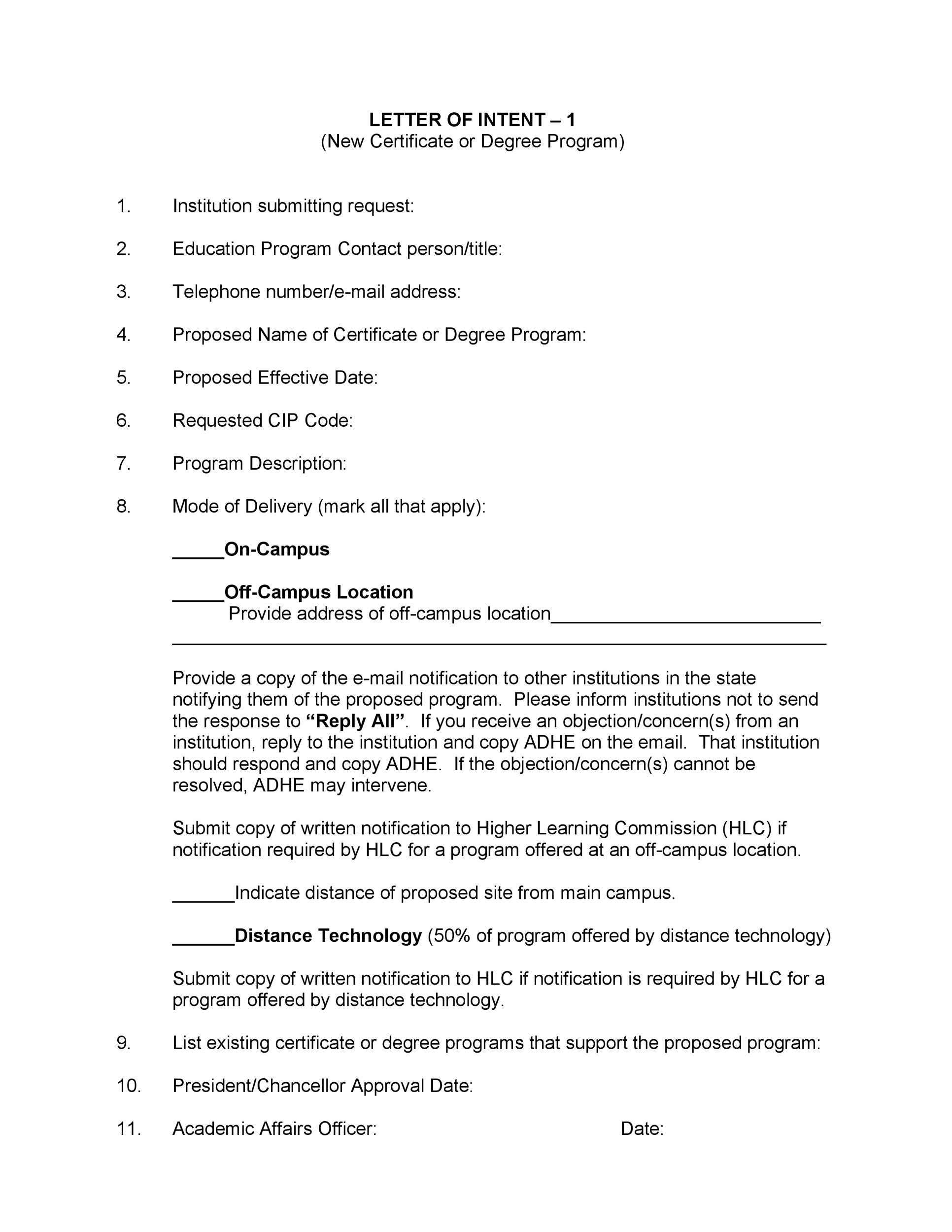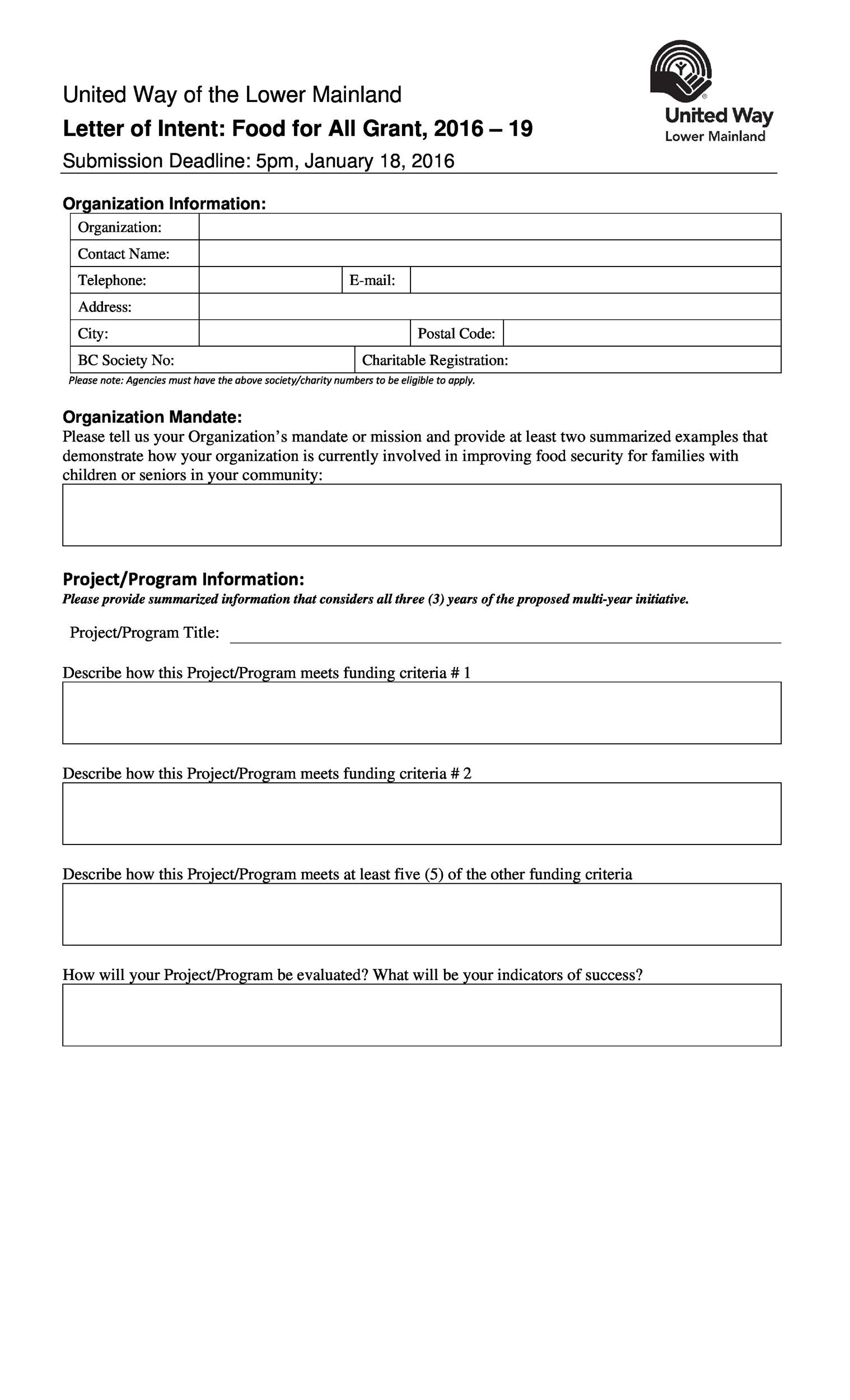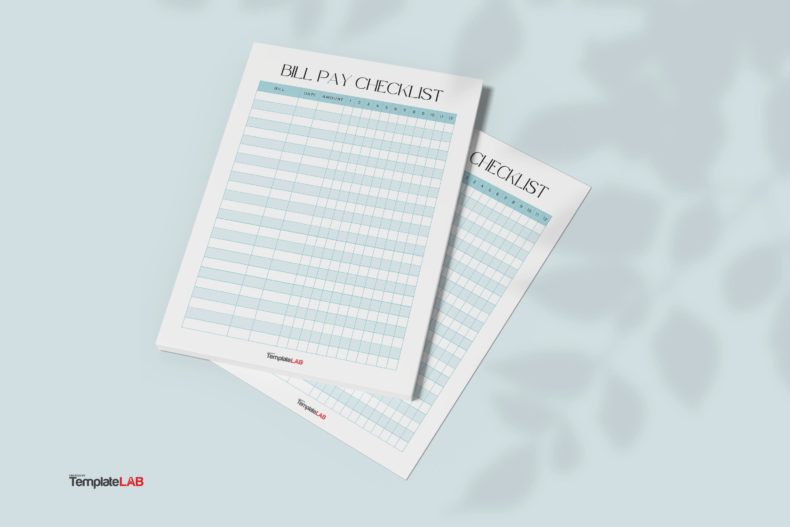When drafting a letter of intent, it can be tempting to just look at the letter of intent form that someone has shared online and copy it. The trouble with using a letter of intent sample is that there are some specifics that need to be added to these documents that are not going to be in an intent-to-purchase agreement that applies to another sale. You will want to be sure that the business letter of intent sample that you are looking at is relevant to your unique needs.
Table of Contents
Letter of Intent Templates
What is an LOI Document?
An LOI document, or a letter of intent template, is used to negotiate the terms of a sale. This agreement will outline the details of a future contract so that both parties can agree on the information that is contained in the LOI before the contract is drawn up. There are different kinds of LOI that you can use for different purchases and you will need to be sure that you are creating a letter of intent template that is correct for the sale that you are trying to confirm.
There are four standard types of LOI that you can use for different kinds of sales. You will need to look at the specifics of each of these kinds of LOI documents so that you can be sure that you are using the right one for your unique sales situation.
- Purchase of a Business. This letter of intent is used to make sure that a potential buyer of a business and the party or parties that are selling it are on the same page about how the sale will be drafted and conducted. This is quite common for major commercial purchases, but it can be done for smaller businesses as well. This is a big help when there are more than two parties involved in the sale, such as investors or partial owners as well.
A business purchase agreement would be used to finalize the sale and make it legal, but the letter of intent template would be followed to draft an agreement that will help generate a more accurate contract. There can be lots of details to consider in these kinds of sales, and you do not want any of the information that should be included in your sales process to be left out. The letter of intent also helps to make sure that everyone involved in the sale has been able to state clearly what their expectations are about the sale before the final contract is agreed upon. - Purchase of Real Estate. When buying real estate, you need to be sure that you have a letter of intent in place if you think that the property will sell before specific details can be worked out. You might want to hold the property off the market so that you and the seller can work out the details of the property purchase without feeling rushed. This letter can be as specific as needed or as general as is warranted for your unique purchase/ sales process.
The real estate purchase agreement would be used to complete this sale, but the letter of intent can help to make sure that you and the seller of the property are on the same page before the final sales contract is agreed upon. - Purchase of General Property. General property can be cars, jewelry, or really any other kind of item that is changing hands through a sale. There is some misconception that you would only use a letter of intent template for this kind of sale if the item is valuable or expensive, but that does not have to be the case. There are many reasons why you might want to have an LOI document drawn up before you actually purchase an item. If you need a couple of days to head to the bank to get financing, or there are other details that need to be sorted out related to the purchase, this document can protect your interests in the sale until the personal property purchase agreement is drafted and signed to complete the purchase.
- Other Transactions. You do not have to be buying a business or property to need a letter of intent template on hand for this kind of process. This agreement is most useful when you are delivering goods or services over time, or you might need to set up this LOI when you are going to hold onto an item for a set period of time before the new owner can purchase it outright. There are unique situations that can arise that would require this kind of more general LOI document, and you should not be concerned about the validity of the document if you have drafted it correctly.
Letter of Intent Samples
What Are the Other Names for an LOI Document?
An LOI can be known by other names as well:
- Intent to Purchase Letter
- Letter of Interest
- Term Sheet
- Memorandum of Understanding
- MOU
- Assurance Letter
- Framework Letter
All of these names are legal names for the letter of intent, and you can use any of them interchangeably. The actual name of the document is less important than the information that it contains.
Letter of Intent Examples
How Do I Write a Letter of Intent?
You will need to be sure that you have the right information listed in your letter of intent. You will want this letter to hold up if challenged legally, and you need to be clear about the details that are included in the document. After all, this document is meant to clarify information related to a future sale, so the LOI you are writing needs to be made correctly to be useful.
- The Parties. All parties that are involved in the sale or the purchase of the item in question must be listed on the document. You need full legal names, business legal names, addresses, and phone numbers for the parties involved in the sale. You cannot leave out any person with interest in the ownership of the property currently, and you cannot exclude any purchasing owner’s information if you want the letter of intent you are writing to be useful for your sale or purchase process.
- The Transaction Itself. The nature of the transaction must be clearly explained in this section of the document. If the agreement is just a sale, make sure that you describe in detail how the transaction will be done, when it will be completed, and what the transaction actually is. When working on a sale that will include payments over time or distribution of assets over time, this part of the agreement must be carefully and completely documented for the LOI to be valid.
- The Terms. Explain the terms of the sale and the limitations that are related to it. The purchase price, the installment payments that were agreed upon, and whether or not the seller has exclusivity to the property need to be documented in this part of the LOI. Exclusivity is the right to negotiate with other parties with regard to the sale. Not everyone involved in the sale will have this right.
- Conditions. Any conditions that limit the sale or define it in some specific way need to be included here. This is a section that covers if the buyer is getting financing, if the sale is dependent on other processes being completed first, or if there are things like inspections that need to be done before the sale can be completed.
- Confidentiality. If there is a need to remain confidential about the details of the sale, both parties will need to agree in this section to do so. This is quite common with large business acquisitions, so that company staff does not leave just because of the upcoming change of management. This can also be done to protect stocks and other assets of a business that might be impacted by sales that are made public before they are completed.
- Covenants. This section does not have to be included, but if you want to be sure that each party behaves in a certain way while negotiations are being done, you will need to add this segment to the LOI.
- Special Terms. There might be some kind of special terms that need to be called out in your letter of intent template. These could be selling certain items before the acquisition, retaining certain employees or staff, or other business items that must be completed before the sale can be finalized. The information in this section can be entirely unique to your specific situation, and you should not hesitate to include detail here if it pertains to the sales process.
- Signature Section. You will need to be sure that everyone who has an interest in the purchase and the sale of the property has signed the contract. Each signature line will need to be dated as well. This part of the LOI document cannot be neglected or it is not considered to be valid. While you might have a later document to sign related to the sale, when the LOI is not signed by all the parties, the original agreement that you have made might not be required to stand. A property or asset could even be sold out from under you despite delivery of the LOI to the parties involved. A Missing signature invalidates the document, so this is a critical part of the letter of intent template that you are creating.
Letter of Intent Formats
What Format Is the LOI Written In?
This document is usually written in letter format. It is created like a letter that would be sent out to either party, and each of the people involved in the document’s execution will have to sign it. While this document looks more like a letter than a contract, this document still behaves like a contract. All the parties that are involved in this contract will need to make sure that they execute the details of it in keeping with the document’s language.
Anyone that does not execute the LOI as stated will be in breach of contract, and there could be legal consequences. This is the power of the LOI. Even though it is not an actual finalized sales contract, it holds all the parties to a standard and to a set of actions until the final sale can be completed. This protects the interests of the seller and the buyer during this process and ensures that people have time to get financing sorted out or to take care of other details that need to be handled before they take possession of an asset.
















































